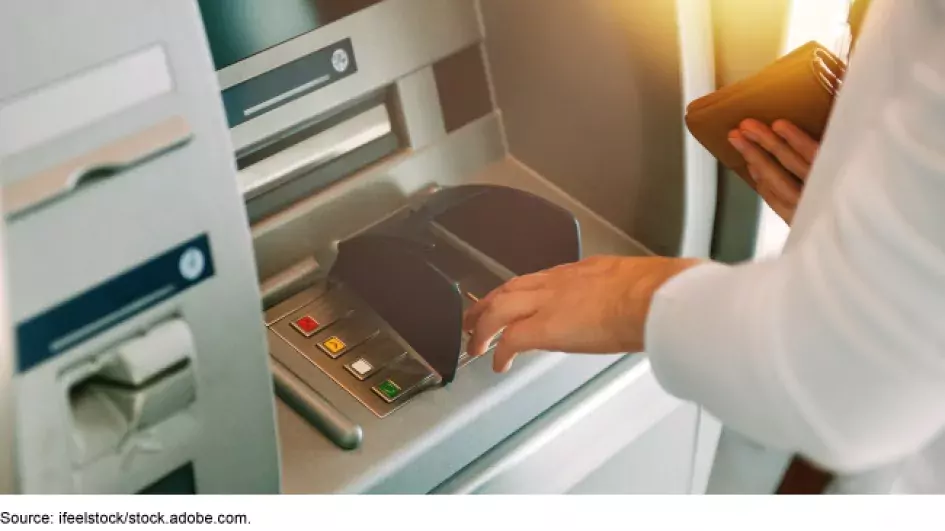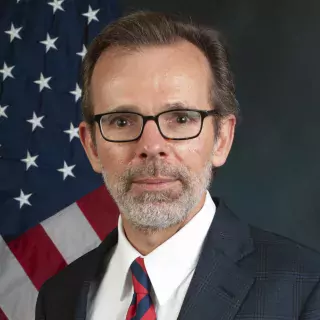More than 7 Million U.S. Households Have No Bank Account. Why?
Access to basic banking services, such as checking accounts, is something many of us may take for granted. Having this access can help boost an individual’s financial well-being. However, more than 7 million U.S. households did not have a bank account in 2019.
To kick off Financial Literacy Month, today’s WatchBlog post looks at who is less likely to have a bank account, why that may be the case, and what is being done to help these households open a bank account.
Image

Who is less likely to have a bank account?
Historically, who has a bank account has varied by income, education, and race. These differences continue today, although households without a bank account are at their lowest level in 30 years. In our March report, we found that lower-income, less-educated, and minority households are less likely to have a bank account. For example, Black and Hispanic households are about 60% less likely than White households to have a bank account.
Households without a bank account are also more likely to use costlier, alternative financial services, such as check cashing and payday loans.
Why might someone not have a back account?
Consumers cited several reasons why they did not have a bank account. Among the top 3 reasons, consumers said that not having enough money, high or unpredictable fees, and distrust of banks were reasons they didn’t have accounts. Other reasons cited by consumers included privacy concerns, not qualifying for an account, banks not offering the needed services, and the inconvenience of bank hours and locations.
How is the federal government helping more consumers open bank accounts?
Federal financial regulators have taken a wide range of actions to help households without bank accounts gain this access to basic banking services. These have included initiatives to provide:
- Toolkits, checklists, and public awareness campaigns to help consumers understand and choose financial products, including the process of opening a checking account.
- Financial literacy programs, such as Federal Deposit Insurance Corporation’s Money Smart, to help consumers understand the importance of having a bank account and how to pick a bank account.
- Information on practices that banks can use in offering basic banking services to those who do not have bank accounts or who regularly use alternative financial services.
However, in our review of these efforts, we found that several federal financial regulators did not have performance measures that assessed the results of their efforts to make sure people can access basic banking services. As a result, we recommended that they develop performance measures that can help determine the effectiveness of these efforts.
- Comments on GAO’s WatchBlog? Contact blog@gao.gov.
GAO Contacts
Related Products

GAO's mission is to provide Congress with fact-based, nonpartisan information that can help improve federal government performance and ensure accountability for the benefit of the American people. GAO launched its WatchBlog in January, 2014, as part of its continuing effort to reach its audiences—Congress and the American people—where they are currently looking for information.
The blog format allows GAO to provide a little more context about its work than it can offer on its other social media platforms. Posts will tie GAO work to current events and the news; show how GAO’s work is affecting agencies or legislation; highlight reports, testimonies, and issue areas where GAO does work; and provide information about GAO itself, among other things.
Please send any feedback on GAO's WatchBlog to blog@gao.gov.


